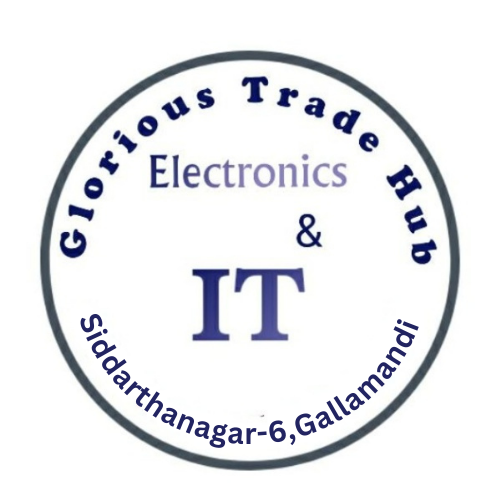The US Water Wastewater Treatment Equipment Market Size is projected to grow significantly in the coming years. Factors contributing to this growth include the rising demand for filtration systems, industrial water treatment solutions, and wastewater management equipment. The expansion of municipal water treatment facilities and the need for upgrades to aging infrastructure are also driving the market size. As industries and municipalities prioritize water quality and sustainability, the market for wastewater treatment equipment is expected to expand substantially.
Overview of the US Water and Wastewater Treatment Equipment Market
The US water and wastewater treatment equipment market is essential for ensuring safe and reliable water supply and managing wastewater sustainably. Growing urbanization, industrialization, and stricter environmental regulations are driving the need for advanced treatment solutions. Equipment such as filtration systems, membrane systems, pumps, aeration equipment, and disinfection units are used to treat municipal and industrial wastewater, ensuring compliance with water quality standards. Increasing concerns about water scarcity, pollution, and public health have made investment in water treatment infrastructure a priority, creating significant opportunities for market growth.
Market Drivers and Growth Factors
Several factors drive growth in the US water and wastewater treatment equipment market. Regulatory pressure from agencies like the Environmental Protection Agency (EPA) requires industries and municipalities to implement effective treatment solutions. Aging infrastructure and population growth necessitate upgrading existing treatment facilities to handle increased capacity and meet quality standards. Technological advancements, such as advanced membrane filtration, UV disinfection, and automated monitoring systems, improve efficiency and reduce operational costs. Additionally, industrial growth, particularly in chemical, pharmaceutical, and food processing sectors, increases demand for wastewater treatment equipment to manage effluents responsibly. Sustainability initiatives and public awareness about water conservation also support market expansion.
Market Segmentation
The US water and wastewater treatment equipment market can be segmented by equipment type, application, and end-user. Equipment types include filtration systems, pumps, aerators, membrane systems, disinfection units, and chemical dosing equipment. Applications include municipal water treatment, industrial wastewater treatment, and residential water systems. End-users range from municipal authorities and industrial facilities to private water utilities and residential projects. Among these, municipal and industrial sectors dominate, as large-scale water treatment infrastructure and regulatory compliance drive high equipment demand.
Competitive Landscape
The US water and wastewater treatment equipment market is competitive, with domestic and international manufacturers offering a wide range of solutions. Companies focus on technological innovation, reliability, and customization to meet diverse treatment requirements. Partnerships and acquisitions are common strategies to expand product offerings and strengthen market presence. Additionally, the emphasis on energy-efficient and low-maintenance equipment is shaping product development, while digital solutions for real-time monitoring and process optimization are increasingly integrated. Manufacturers are also focusing on sustainability by introducing eco-friendly materials and reducing chemical usage in treatment processes.
Future Trends and Opportunities
Future trends in the US water and wastewater treatment equipment market include smart monitoring systems, advanced membrane technology, energy-efficient equipment, and integration with IoT platforms for predictive maintenance. The growing emphasis on water reuse, desalination, and sustainable water management presents new opportunities. As regulations become more stringent and urbanization increases, demand for efficient and automated treatment solutions will continue to rise. Companies that invest in innovative technologies, sustainable practices, and digital solutions are poised to gain a competitive edge and capitalize on emerging market opportunities.
FAQs
Q1: What factors are driving the US water and wastewater treatment equipment market?
A1: Regulatory compliance, industrial growth, population increase, and technological advancements are key drivers.
Q2: Which equipment types are most commonly used?
A2: Filtration systems, membrane systems, pumps, aerators, and disinfection units are widely used in municipal and industrial applications.
Q3: How is technology influencing this market?
A3: Advanced membrane filtration, automated monitoring, and IoT integration improve efficiency, reduce costs, and enhance sustainability.


